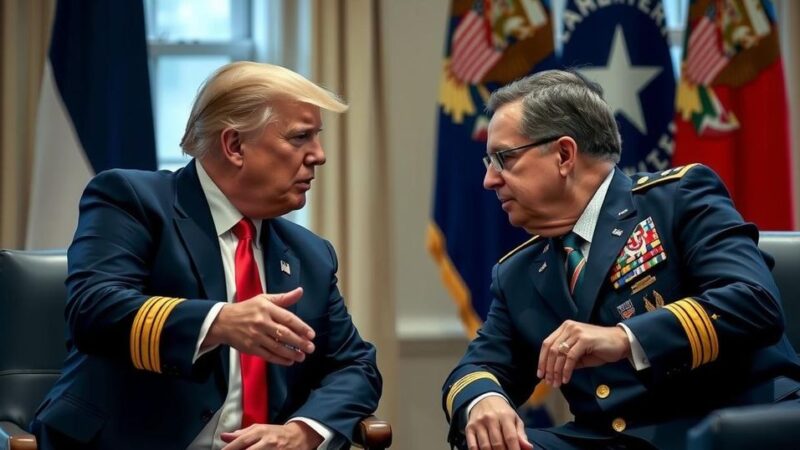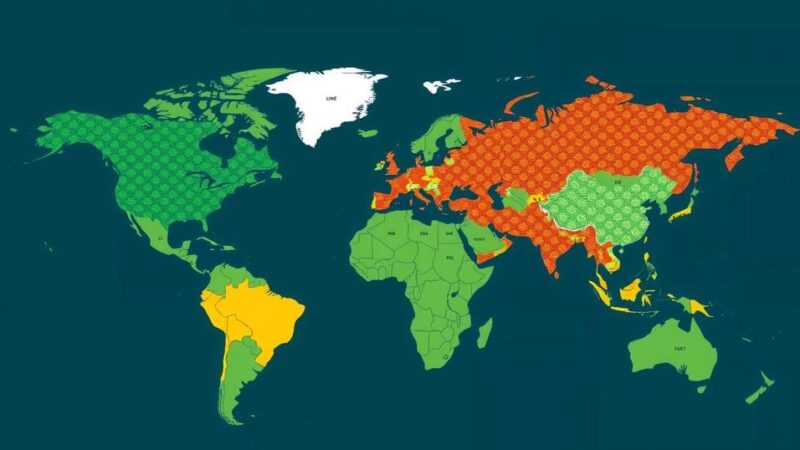Donald Trump is returning to the presidency with a commitment to end foreign wars, confronting significant conflicts in Gaza and Lebanon. His call for a swift resolution to the violence, which has resulted in heavy civilian casualties, highlights his leadership aspirations. The events in the region, marked by overlapping hostilities, will be a critical test of his foreign policy approach as he aims to restore peace and stability.
Donald Trump is poised to re-enter the political landscape with the intent of ceasing foreign military engagements, a commitment that will face significant scrutiny amid escalating conflicts in the Middle East. Currently, Israel is engaged in a severe military operation in Gaza, triggered by unprecedented attacks from Hamas on October 7, 2023. The situation escalated further due to Hezbollah’s involvement from Lebanon, leading to devastating responses from Israel that have resulted in substantial civilian casualties on both sides. Amid the unfolding crises, Trump has characterized himself as a decisive leader eager to facilitate a swift resolution. He has expressed a desire to “get it over with and let’s get back to peace and stop killing people.” The violence has led to over 43,000 Palestinian deaths, primarily affecting women and children, in addition to roughly 3,000 fatalities in Lebanon, intensifying the complexity of the regional dynamics. The conflict showcases a broader struggle for influence among regional powers, with Israel and its allies, including the United States, on one side, and Iran along with its affiliated factions representing the opposing front. How Trump navigates this perilous landscape will be critical in determining not only the future of U.S.-Israel relations but also the stability of the entire Middle East.
In light of Donald Trump’s anticipated return to the White House, his approach to the ongoing conflicts in Gaza and Lebanon will be evaluated under the lens of his vow to halt foreign engagements. These two wars mark a significant point of contention, testing his promise to the American populace to prioritize peace over military interventions. The recent surge in violence, particularly the significant assault on Gaza following the Hamas attacks, raises pressing questions about U.S. foreign policy in the region. Israel’s aggressive responses, including airstrikes and ground operations, further complicate the geopolitical landscape, drawing in Hezbollah’s reaction and testing international alliances.
In conclusion, Donald Trump’s return to power presents a pivotal moment for U.S. foreign policy in the Middle East, particularly regarding the wars in Gaza and Lebanon. His expressed urgency to resolve these conflicts suggests a potential shift away from prolonged military involvement. However, the deep-rooted complexities of regional dynamics and the scale of humanitarian consequences will challenge any fast-tracked pathway to peace. The outcome of these approaching conflicts will not only affect immediate stability but also shape longer-term U.S. relations with ally and adversaries in the region.
Original Source: www.middleeasteye.net





